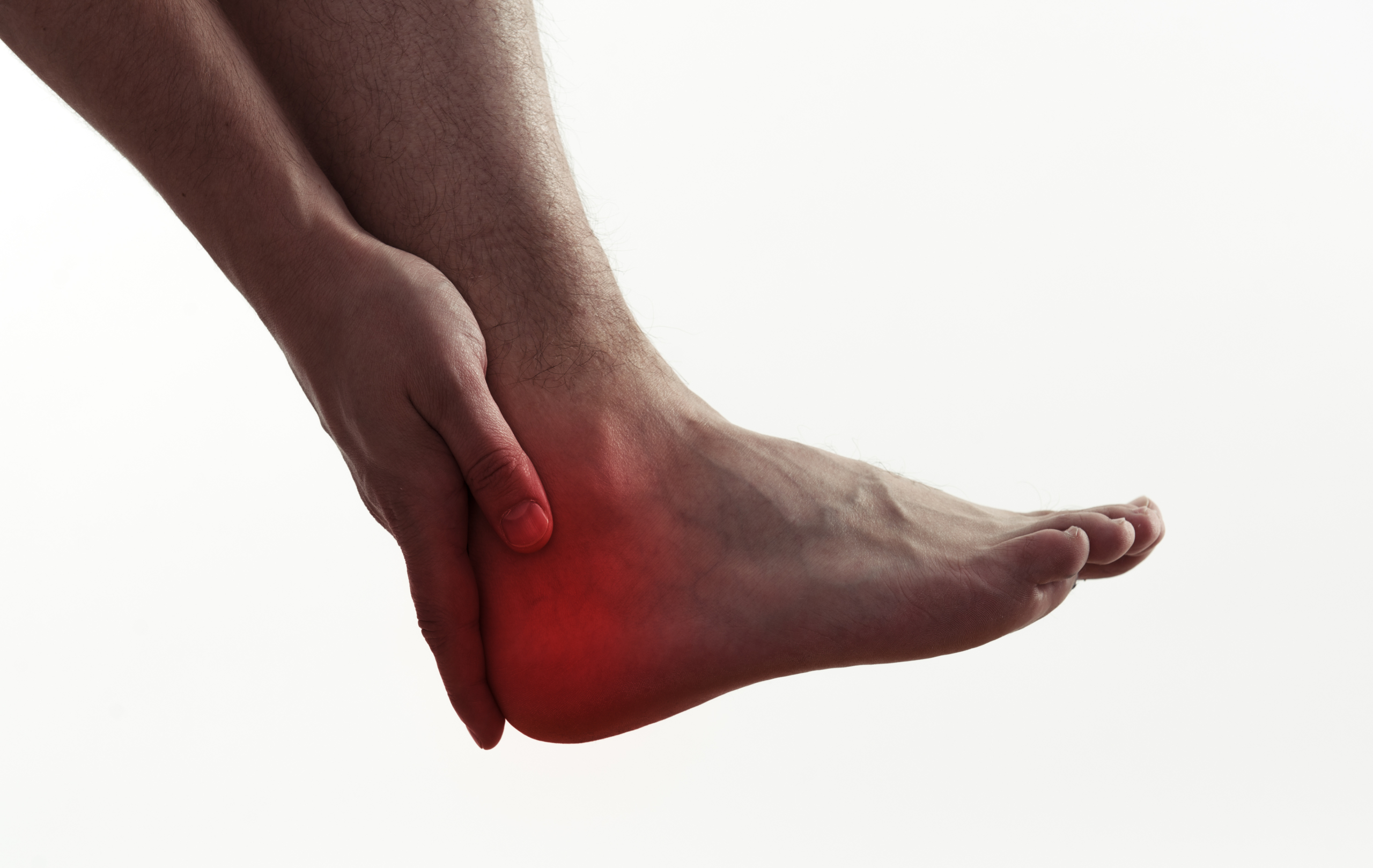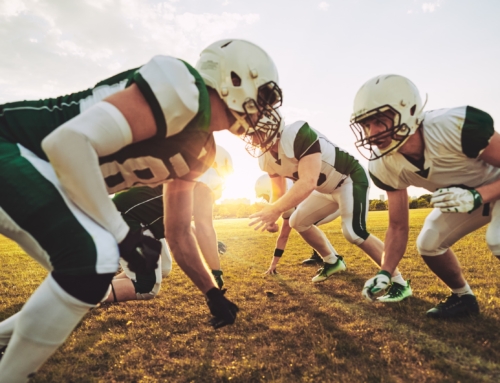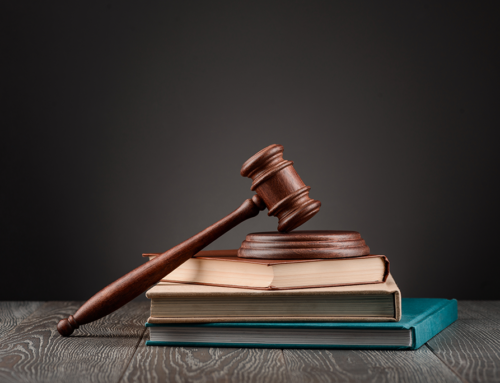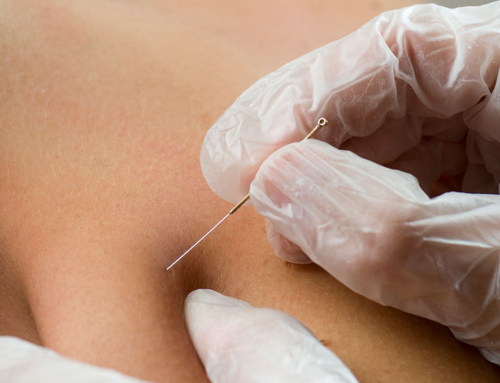In Part One of this series, I explained the definitions and categories of strains and sprains. In Part Two, I will give you some ideas on how to treat and care for these injuries. While treatment and rehabilitation for strains and sprains depend on the severity of the injury, there are some good general guidelines to follow in the initial stages of these injuries.
Treatment
As you may recall from Part One, there are three categories of sprains and strains. The first two grades are usually treated conservatively; however, if you think you have a Grade III (severe) sprain, strain, or possibly a broken bone, you should consult a physician immediately. Signs of a Grade III sprain, strain, or broken bone include:
- There is an audible “pop” when the injury occurs.
- Numbness around the area of the injury.
- The injured limb cannot be moved without severe pain.
- The injured limb gives way or buckles when the joint is used.
- Severe swelling, pain, fever, or broken cuts at or around the injury.
Initial Treatment
Treatment of strains and sprains is similar and usually broken up into two phases – initial and rehabilitation. The goal in the first phase is to control pain and inflammation (swelling). At this stage, health care providers often recommend the R.I.C.E. protocol, which is an acronym for: Rest, Ice, Compression, and Elevation.
- Rest – Reduce activity level as much as possible. If your injury is to one of your legs, your healthcare provider may advise you not to put weight on the injured extremity for a period of time. If you cannot put weight through one of your legs, crutches may be of assistance. If only one crutch (or cane) is needed, hold it on the opposite side of the injury, and put as much weight through it as you need, in order to allow you to walk as normal as possible. If your injury is to one of your arms, a sling may be recommended to assist in the resting process.
- Ice – Apply a cold compression wrap to the injured area up to 20 minutes at a time, with at least an hour break before the next application. It is important not to wrap the joint too tight, or leave it on for more than 20 minutes, in order to prevent frostbite.
- Compression – Keep compression on the injured area by using an elastic wrap or air cast. If using an ace wrap, ensure that you do not wrap it too tightly.
- Elevation – Keep the injured area elevated above the level of the heart as much as possible to help decrease swelling, and to help prevent any additional swelling to the injured area.
In addition to using the R.I.C.E. technique, a Grade II (moderate) injury may require immobilization of the injured area, and a Grade III (severe) injury will likely require immobilization and possibly surgery. Continue the R.I.C.E. protocol for the first 24-48 hours, but if swelling and pain persist, you should see your physician.
Rehabilitation
The second stage of treating a strain or sprain is rehabilitation. During this stage, a physician often prescribes physical therapy to get an individual back to normal function. The main goal of rehabilitation is to restore normal, pain-free range of motion, increase strength, and restore normal joint function. The Physical Therapist will perform hands-on techniques to restore joint mobility, prescribe an exercise program to increase strength around the joint, and use modalities (electrical stimulation, ultrasound, and heat/ice) to control the pain and swelling during this stage. The duration of physical therapy will depend on the severity of the injury, the patient’s willingness to do what he/she is supposed to do at home, and the activity level that the person needs to return to. For instance, a person returning to their career as a professional athlete will likely require more time and training to get back to their previous level of function than someone returning to a desk job.
No matter your level of function, strains and sprains can often be successfully taken care of through conservative treatment. If you have further questions about these injuries, or think you may need physical therapy to address a sprain or strain, feel free to call us at Momentum Physical Therapy; we would love to help you get back to where you want to be!






